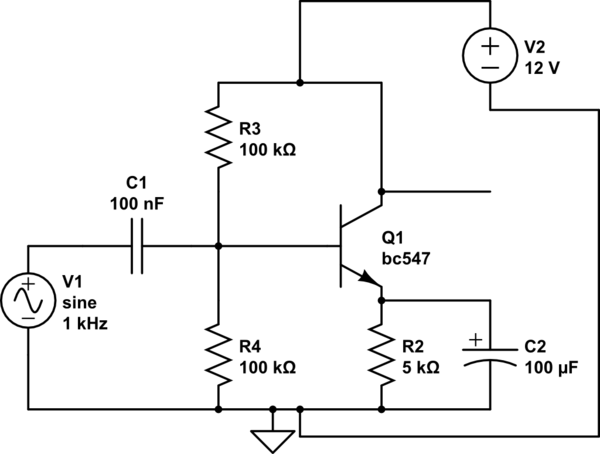Electrolytic Capacitors Positive Negative
Due to the construction of electrolytic capacitors and the characteristics of the electrolyte used electrolytic capacitors must be forward biased. An electrolytic capacitor e cap is a polarized capacitor whose anode or positive plate is made of a metal that forms an insulating oxide layer through anodization.

Capacitor Characteristics And Capacitor Specifications

Electrolytic Capacitors And Design Rules

Details About 2pcs Electrolytic Capacitors 100v 3300uf Volume 30x40 Mm 3300uf 100v Nd
Value by half 2 1000uf caps 500uf also the voltage of the circuit should not exceed the voltage of one of the caps.

Electrolytic capacitors positive negative. Some non polarised capacitors are shown below. The electrolytic capacitors have polarity. An electrolytic capacitor is a polarized capacitor whose anode or positive plate is made of a metal that forms an insulating oxide layer through anodization.
The polarity of an electrolytic capacitor is marked on the capacitor body the negative lead of the capacitor is marked. Due to their very thin dielectric oxide layer and enlarged anode surface electrolytic capacitors have a much higher capacitance voltage product per. The electrolytics have a stripe of minusses down the side near to the negative lead or as mentioned below a groove around the end near the positive side.
The longer lead of the electrolytic capacitor is the positive lead. Take two electrolytic capacitors of the same voltage and capacity connect the positive leads together and connect the negative leads to the circuit. This oxide layer acts as the dielectric of the capacitor.
To tell which side is which look for a large stripe or a minus sign or both on one side of the capacitor. If you dont know which way they go find out dont guess. The lead closest to that stripe or minus sign is the negative lead and the other lead which is unlabeled is the positive lead.
Electrolytic capacitors are mostly in the micro farad range eg. A solid liquid or gel electrolyte covers the surface of this oxide layer serving as the cathode or negative plate of the capacitor. Electrolytic capacitors are polarity sensitive.
The can or case of the electrolytic is usually the negative. The pin which is long is the positive pin and the pin which is short is the negative pin. Just keep in mind that this will reduce the cap.
Electrolytic capacitors have a positive and negative side. This oxide layer acts as the dielectric of the capacitor. When the electrolytic capacitors are polarized the voltage or potential on the positive terminal is greater that of the negative one allowing charge to flow freely throughout the capacitor.
When the capacitor is polarized its generally marked with a minus or plus to indicate the negative and positive ends. Now they may have negative to chassis ground and they may not. As shown in the picture above the negative pin will be directly under the negative symbol.
You can also identify the polarity using the negative strip on the capacitor label. The failure of electrolytic capacitors can be hazardous resulting in an explosion or fire. This means that the positive terminal must always be at a higher voltage than the negative terminal.
Meaning they have a positive and negative pin. You must have them wired positive to positive and negative to negative.

Uxcell 10pcs 10v 3300uf Aluminum Electrolytic Capacitors 105 Degree Celsius 10x20mm

Capacitors Everything You Need To Know Eagle Blog

Capacitor Codes Markings Electronics Notes

Electrolytic Capacitor Pinout Electrolytic Capacitor

Ppt Capacitor Reading Powerpoint Presentation Free

How To Tell The Polarity Of An Electrolytic Capacitor

Amplifier How An Electrolytic Capacitor Survives In

Capacitors Tubelab

How To Determine The Electrolytic Capacitor Polarity From

Tweeter Capacitor Without Positive And Negative Capacitor

Electrolytic Capacitors Capacitor Symbols Macrofab

Polarity Learn Sparkfun Com
Comments
Post a Comment